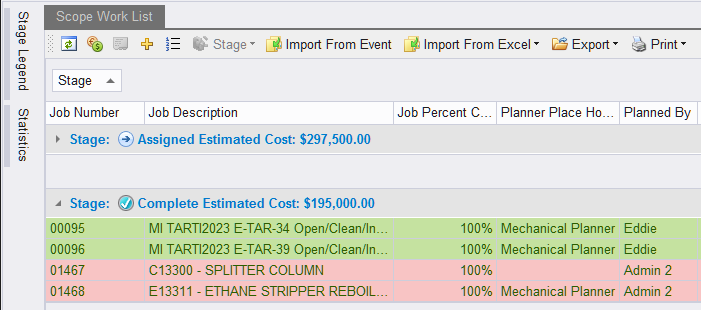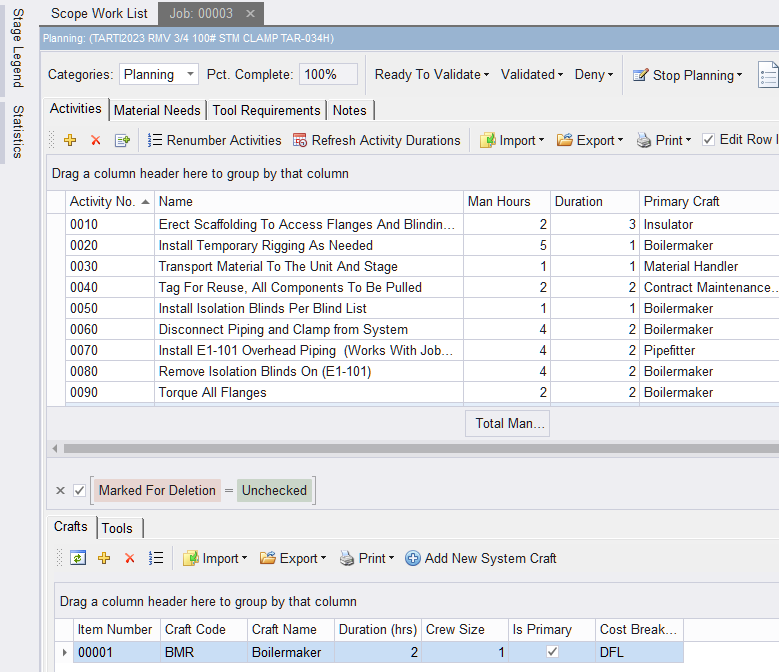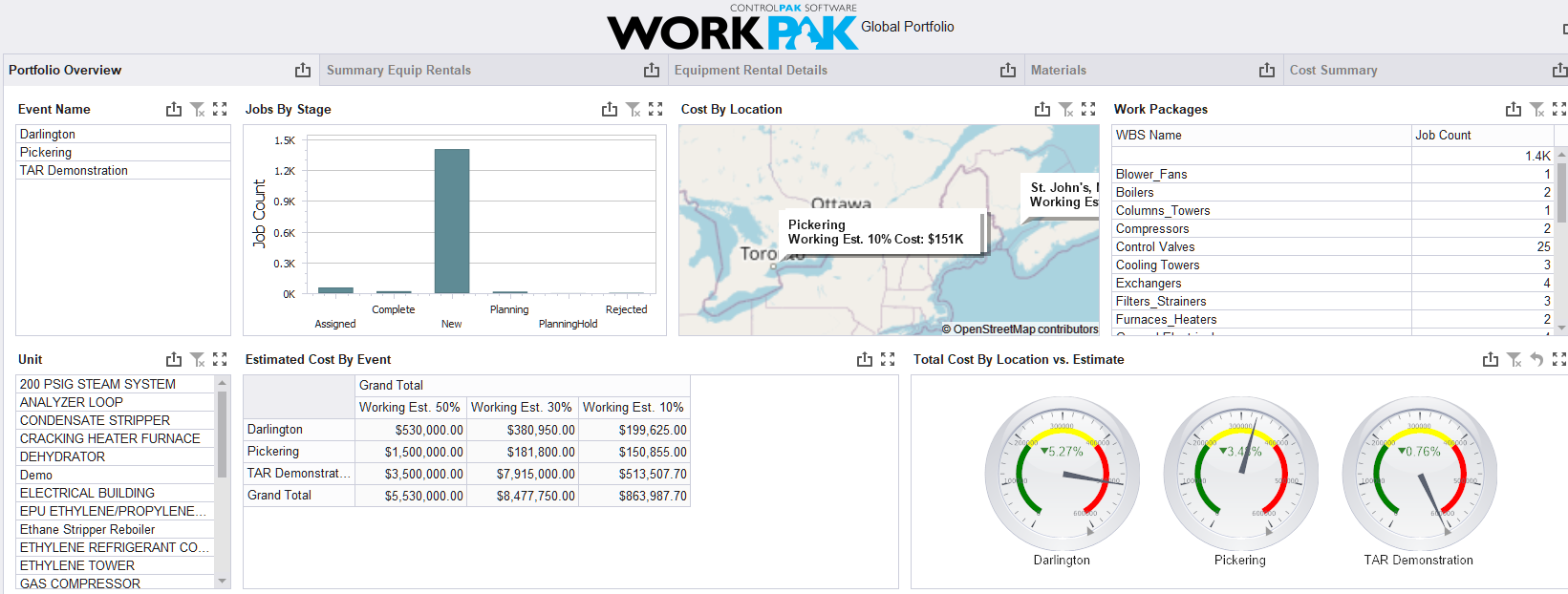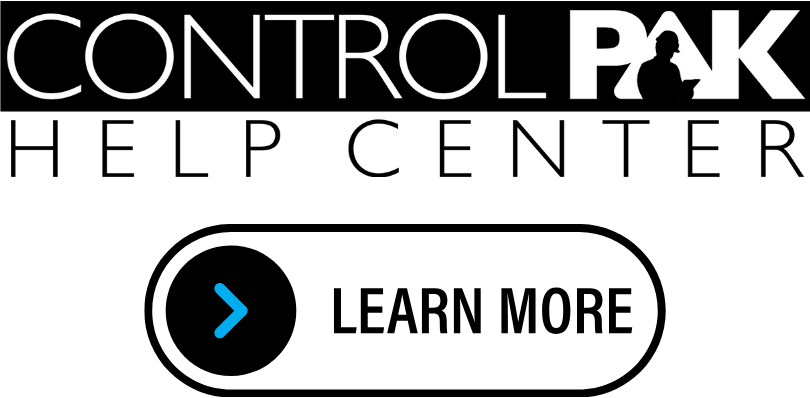The 4 Stages of STO: From Planning to Completion
Shutdowns, turnarounds, and outages (STO) are planned events that involve the temporary shutdown of a plant or facility for maintenance, repair, or upgrade purposes. STO events are critical for ensuring the safety, reliability, and efficiency of industrial operations, but they also pose significant challenges for project managers, such as managing a large scope of work within a tight schedule and budget, coordinating multiple stakeholders, contractors, and resources, dealing with uncertainties, risks, and changes, and ensuring compliance with safety and quality standards.
To overcome these challenges, project managers need to adopt a systematic and proactive approach to STO management, which can be divided into four main stages: planning, execution, closure, and evaluation. In this blog, we will explain what each stage entails, and how to manage them effectively and efficiently.
Planning
Planning is the first and most important stage of STO management, as it lays the foundation for the success of the STO event. Planning involves defining the objectives, scope, and deliverables of the STO event, as well as the roles and responsibilities of the project team. Planning also includes developing a detailed work breakdown structure, a realistic schedule, and a comprehensive budget.
The planning stage should start as early as possible, preferably at least a year before the STO event, and should involve all the relevant stakeholders, such as the operations team, the maintenance team, the engineering team, the contractors, the suppliers, the regulators, and the customers. The planning stage should also include a thorough risk assessment, a contingency plan, and a change management process.
Some of the key activities and outputs of the planning stage are:
- Establishing the STO steering committee and the project charter
- Collecting and reviewing the historical data and lessons learned from previous STO events
- Identifying and prioritizing the STO work scope and deliverables
- Developing the work breakdown structure and the STO master plan
- Estimating the resources, manpower, and costs
- Preparing the contracts, procurement, and logistics
- Developing the quality and safety plans
- Developing the communication and stakeholder management plans
Take a look at how WorkPAK utilizes these key planning strategies.

In this example, the project team created a scope of work list for the project in WorkPAK, and the planner added activities, assigned resources, and duration to the activities in the planning module, enabling teams to review and export the job steps to a P6 schedule in one place. The estimated cost of the scope and activities is built alongside the planning process, creating the project budget for the approval phases. WorkPAK showcases these project controls processes in one platform for teams to instantly view progress and manage the project in one platform.

Execution
Execution is the second stage of STO management, where the STO plan is implemented according to the schedule and budget, while monitoring and controlling the progress, quality, and safety of the work. Execution involves managing the communication, coordination, and collaboration among the project team and other stakeholders, as well as dealing with any issues, risks, or changes that may arise during the STO event.
The execution stage should start with a pre-STO meeting, where the project team and the contractors review the plan, the procedures, and the expectations. The execution stage should also include regular meetings, where the project team and the contractors report the status, the performance, and the issues, and agree on the actions, the solutions, and the adjustments.
Some of the key activities and outputs of the execution stage are:
- Conducting the pre-STO meeting and the STO kickoff
- Implementing the work packages and the STO permits
- Tracking and reporting the progress and the STO performance
- Managing the quality and the safety
- Managing the issues and the changes
- Conducting the meetings and the updates
In WorkPAK, as the project is planned and executed, monitor the progress of the activities using our Business Intelligence (BI) dashboards included in the software. Using our pre-built dashboard (below) to track your project cost and overall performance in real-time, WorkPAK helps you stay on course with status updates of your work packages, progress, and changes.

Closure
Closure is the third stage of STO management, where the STO work is completed and the plant or facility is handed over to the operations team. Closure involves verifying and validating the work and the deliverables, as well as ensuring the compliance and the documentation.
The closure stage should start with a post-STO meeting, where the project team and the contractors review the STO results, the achievements, and the challenges. The closure stage should also include a handover, where the project team and the contractors transfer the deliverables, the records, and the warranties to the operations team.
Some of the key activities and outputs of the closure stage are:
- Conducting the post-STO meeting and the STO feedback
- Verifying and validating the work and the deliverables
- Ensuring the compliance and the documentation
- Conducting the handover and the acceptance
- Closing the contracts and the invoices
Evaluation
Evaluation is the fourth and final stage of STO management, where the STO event is reviewed and evaluated, and the lessons learned and best practices are documented and shared. Evaluation involves analyzing and assessing the performance, the outcomes, and the satisfaction, as well as identifying and recommending the STO improvements and the opportunities.
The evaluation stage should start with a debriefing, where the project team and the contractors discuss the strengths, the weaknesses, the opportunities, and the threats. The evaluation stage should also include a report, where the project team and the contractors summarize the findings, the conclusions, and the recommendations.
Some of the key activities and outputs of the evaluation stage are:
- Conducting the STO debriefing and the STO analysis
- Analyzing and assessing the performance, the outcomes, and the satisfaction
- Identifying and recommending the improvements and the opportunities
- Preparing the report and the lessons learned
- Sharing the report and the best practices
Conclusion
STO events are inevitable and essential for industrial operations, but they do not have to be stressful and costly. By adopting a systematic and proactive approach to STO management, and by following the four stages of STO: planning, execution, closure, and evaluation, you can manage your STO events more effectively and efficiently, and achieve your STO goals and objectives. Find out more about WorkPAK. Request a software demo.


